Do Makeup Effects Artists Bring Something Special To The Director's Chair?
This month marks the 30th anniversary of one of horror cinema's most memorable creature creations. Stan Winston's Pumpkinhead (1988) was no box-office juggernaut, but it's found a home with genre fans over the years who've come to appreciate both its tight little tale of revenge and the mad genius of its title creature design. The film's greatness suggests the argument that makeup effects artists might be ideal as directors of makeup effects-heavy horror movies just as action films like John Wick (2014), Police Story (1985), and Smokey and the Bandit (1977) benefited from having stuntmen and action choreographers at the helm. Artists who live and breathe prosthetics, puppetry, gory makeup, and more would seem best-suited for shaping a film that brings it all to life.A strong argument, but is it an accurate one?Winston directed two feature films, Pumpkinhead and A Gnome Named Gnorm (1990), and while the latter is a family film. they both focus on a fantastical title creature brought to life through techniques and artistry that made up the bulk of his Academy Award-winning career. Starting with the TV movie Gargoyles in 1972 and continuing on through makeup/effects work on films like The Thing (1982), The Terminator (1984), Aliens (1986), and Predator (1987), Winston showed a strength for applying his particular brand of wizardry towards creating more than just effects – he was creating characters.
He helped shape the film's story (based on a poem by Ed Justin) on the page, and alongside his Stan Winston Studios and additional artists, he played a role in Pumpkinhead's physical creation. The demon cuts a striking figure, and Winston's intimate knowledge of the beast afforded him an insight into how best to use and photograph the gangly monster. It's a nasty little revenge thriller with stunts, bloodletting, and a fierce Lance Henriksen as the grieving father who calls upon Pumpkinhead in a bid for vengeance, but it's the tall, menacing creature who steals the show. Winston takes full advantage of his team's creation stretching its abilities to the limit while highlighting its glorious design and functionality.
There are better known and far more successful directors who started their careers in the realm of makeup/effects – Guillermo del Toro and James Cameron to name two – but Winston is perhaps the biggest name when it comes to those who made their career in the effects field before adding some feature directing to their filmographies. Like Winston, the others continued to work as makeup artists after those directorial efforts came and went, but while quality varies and they typically failed to find more than cult success with them, there's a clear thread running through the movies. Almost without fail, they are all love letters to the visceral power and joy of practical effects.
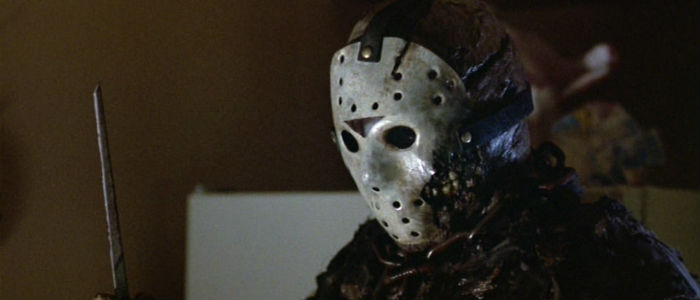
Most of the effects artists turned directors (and the ones we'll be focusing on here) are horror-centric with their work, and that description fits John Carl Buechler to a T. He began creating models and makeup effects for movies in the late '70s and never looked back as he quickly joined Roger Corman's New World Pictures as makeup department head. His resume runs the gamut from creature features to gory slashers and includes numerous and memorable effects-heavy films: Ghoulies (1984), From Beyond (1986), Dolls (1987), Demonwarp (1988), A Nightmare on Elm Street 4: The Dream Master (1988), Bride of Re-Animator (1989), Halloween: The Curse of Michael Myers (1995), Hatchet (2006).
Makeup effects remain his primary gig, but after making his feature directorial debut in 1986 with Troll, he's managed to balance both disciplines in the years since. Ten features followed (with five more currently showing him attached to direct), but odds are most have passed all of you by with the exception of Friday the 13th Part VII: The New Blood (1988) and the VHS staple Cellar Dweller (1988). Okay, the hardcore Dean Koontz fans among us have also seen Watchers Reborn (1998), but that's it. Buechler's practical effects work, particularly on the gore front, is impeccable, but his directorial efforts don't show the same memorable degree of artistic intent beyond the effects.
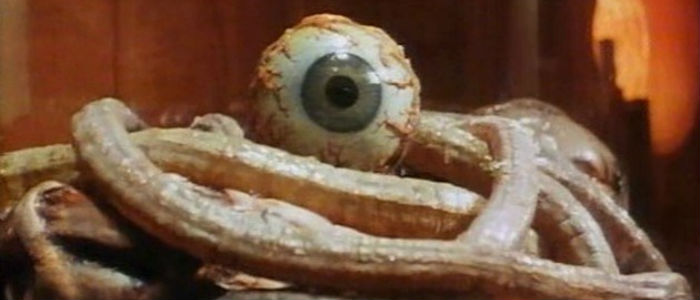 Tom Burman worked steadily as a makeup artist from 1968's Planet of the Apes to his last feature credit on 2005's Harsh Times, and while he's created makeup effects for numerous mainstream movies, his horror titles are a showcase of genre classics including Invasion of the Body Snatchers (1978), Prophecy (1979), My Bloody Valentine (1981), Cat People (1982), and Halloween III: Season of the Witch (1982). He impressed again and again with the messy stuff – the beheading that opens The Exterminator (1980) remains an all-timer and was a collaboration of sorts between him and Winston – but he's a jack of all trades with several of his creations tending toward the fantastical or creature-ish.
Tom Burman worked steadily as a makeup artist from 1968's Planet of the Apes to his last feature credit on 2005's Harsh Times, and while he's created makeup effects for numerous mainstream movies, his horror titles are a showcase of genre classics including Invasion of the Body Snatchers (1978), Prophecy (1979), My Bloody Valentine (1981), Cat People (1982), and Halloween III: Season of the Witch (1982). He impressed again and again with the messy stuff – the beheading that opens The Exterminator (1980) remains an all-timer and was a collaboration of sorts between him and Winston – but he's a jack of all trades with several of his creations tending toward the fantastical or creature-ish.
It's no surprise then that his sole directorial effort, one he also co-wrote, is a genre mish-mash that leans ridiculous in its various visual oddities. Meet the Hollowheads (1989) is a bundle of absurdities involving a quirky family, elaborate gadgets, and a house filled with creatures who help, hinder, and feed the characters. The film's a blend of Burman's own sense of humor and a love for tactile weirdness, and while it doesn't fully work it's clearly a film wholly in his imaginative voice.
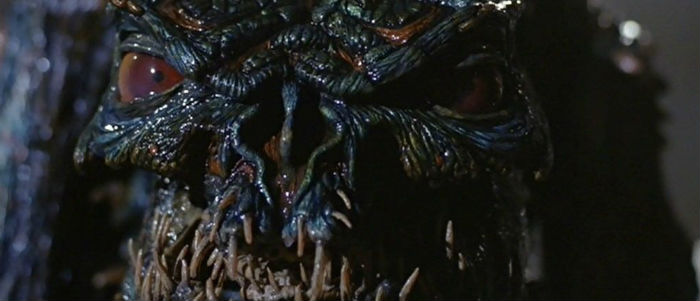
If you enjoyed big studio genre films in the '80s and early '90s, odds are you've seen Chris Walas' work in movies like Gremlins (1984), The Fly (1986), Arachnophobia (1990), and more. Like Winston, much of his filmography focuses on creature design that sees him giving personality to inhuman creations. From DeepStar Six (1989) to Naked Lunch (1991), his ability to give life to monsters and creatures is something magical, and it reveals what drew him to his directorial debut in 1989 with The Fly II. It may lack the raw emotion and brilliance of David Cronenberg's film, but Walas' interest in the title character as more than a mere monster is as evident in his sequel as it was in Brundlefly's eyes at the end of the original. The sequel is more enjoyable than it's given credit for, and it reveals Walas as a competent filmmaker who fully understands the appeal and abilities of his practical effects. He was less successful with his follow-up as a director, The Vagrant (1992), which trades the creature feature for a frustrating black comedy to ill effect.
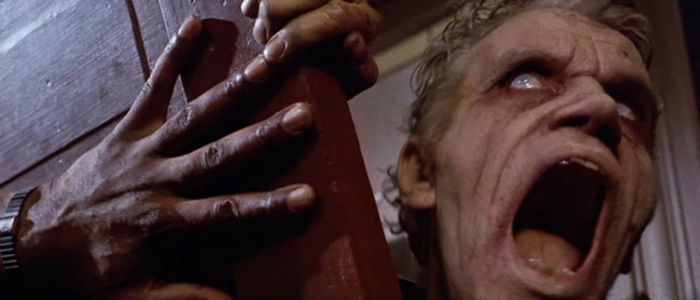
It shouldn't surprise anyone that Tom Savini would choose to make his directorial debut with a 1990 remake of George Romero's Night of the Living Dead. Savini's a legend in the business of splatter effects with a filmography that reads like a who's who of '80s horror classics, including Friday the 13th (1980), Maniac (1980), The Burning (1981), The Prowler (1981), The Texas Chainsaw Massacre 2 (1986), and more, but his most frequent collaborator was Romero having worked together on Martin (1978), Dawn of the Dead (1978), Creepshow (1982), Day of the Dead (1985), and Monkey Shines (1988). His Night is based on a revised screenplay from Romero, and while it lacks the emotional and social punch of the original, it succeeds as a better than average remake thanks to a stronger female lead and a healthy dose of the red stuff. It's a film that plays to Savini's strengths: gore, action, and an affection for Romero.
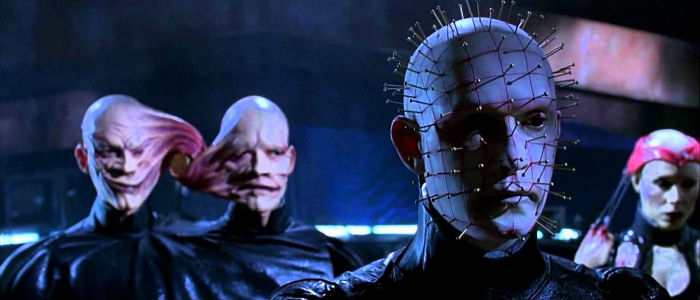
Two different skilled makeup artists have directed films in the Hellraiser franchise with mixed results. Kevin Yagher is another legend in the business, having helped shape the look and design of Freddy Krueger, Chucky, the Crypt Keeper, and more, and in 1996 he stepped up to direct Hellraiser: Bloodline. It's a mess of a movie with some cool makeup effects butting up against rough performances and a rougher script, and he doesn't disagree – he asked for the film to be attributed to the infamous Alan Smithee instead. He never directed again but has stayed active in creating makeup effects.
Gary J. Tunnicliffe was a makeup artist on most of the Hellraiser films as well as on Candyman (1992), Lord of Illusions (1995), Sleepy Hollow (1999), and many more, but after helming a pair of family fantasy films (filled with makeup effects) he finally got the opportunity to direct Hellraiser: Judgment (2018). It's difficult to fully judge where his directorial chops end and minuscule budget concerns begin, but at this point he's a better makeup artist and writer than director.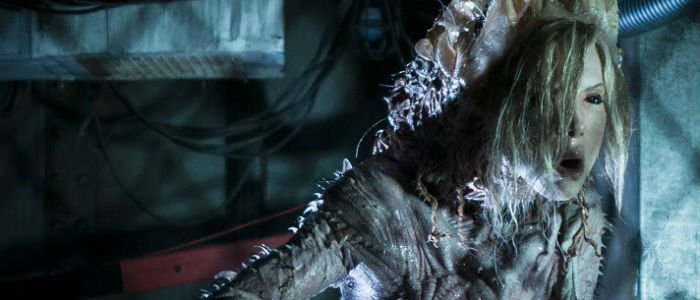
Most recently, Alec Gillis made his feature debut with Harbinger Down (2015). He and his Amalgamated Dynamics partner Tom Woodruff, Jr. are probably the busiest and most continuously employed makeup artists mentioned here, and they are absolute geniuses in their chosen art. They've worked with many of these other artists too starting back in the early '80s, but they've pulled ahead of the pack to work their magic on big films like X-Men: First Class (2011), It (2017), and Jurassic World: Fallen Kingdom (2018). They make miracles out of rubber, polyurethane prosthetics, and artistic skill, but Harbinger Down? Not good. It's possibly a case where too much of the focus was put on the creature effects (which look killer) to the point that not enough was given to the script and direction.
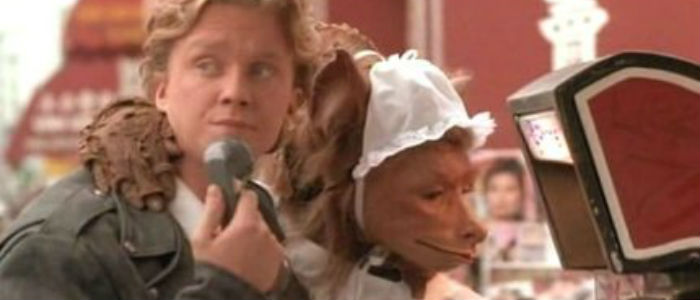
These are only a handful of makeup artists who dabbled in horror directing, and a complete list would also include the likes of Giannetto De Rossi (Killer Crocodile 2, 1990), Screaming Mad George & Steve Wang (The Guyver, 1991), Robert Kurtzman (The Demolitionist, 1995), Dean Gates (Oliver Twisted, 2000), Jacques-Olivier Molon (Humans, 2009), Patrick Tatopoulos (Underworld: Rise of the Lycans, 2009), and more. Even without going into detail on all of the others, though, the results of this far from scientific inquiry suggest that while there are some entertaining movies directed by makeup effects artists the vast majority of them are underwhelming outside of a single area: the makeup effects. It's obviously subjective, but very few of their directorial efforts reveal skills on par with what these artists bring to the screen in the form of monsters, gore, and other prosthetic wonders.
To be sure, these are massively skilled artists in their initially chosen fields, and while Yagher seems disinclined to ever pick up a camera again, I'm hoping the others continue to flex their directorial muscles. Practical effects are a big part of what drew me to horror/genre movies as a kid, and many of the artists above are directly responsible for that. Their makeup-related abilities don't appear to have helped as directors, but practice, enthusiasm, and the desire to tell a story might yet yield more memorable results. Winston's debut success is the most notable exception, not the rule, and it was a feat that even he couldn't duplicate. Seriously, watch A Gnome Named Gnorm if you get the chance. I dare you. Happy 30th birthday, Pumpkinhead!
